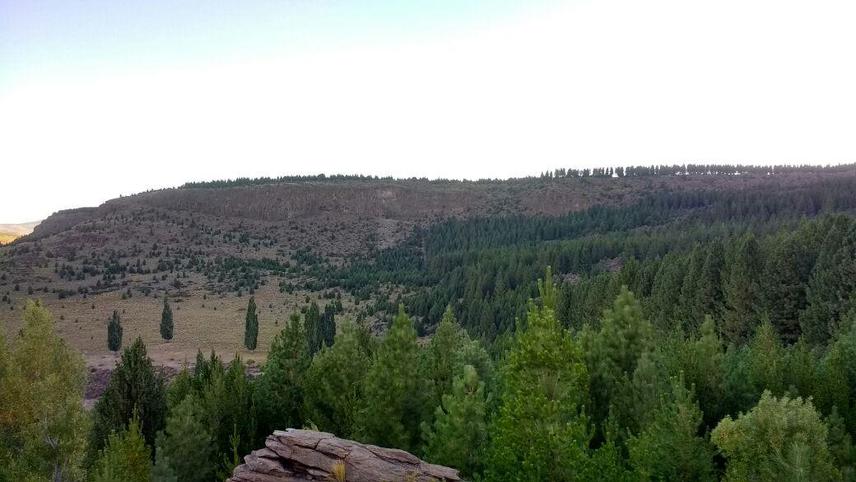Aimé Lucila Iglesias
Pines represent one of the largest invasive plant management problems in the world. In northwestern Patagonia, pine invasions are at an initial but rapidly growing stage. The purpose of this project is to understand the role of climate variability as a driver of pine invasions. I will combine the assessment of spatiotemporal patterns of natural establishment with an experimental approach on the response of pine establishment to temperature and precipitation variability in a climate change context. Results will help predicting successful establishment and invasion based on climatic conditions, and will provide information for early pine detection and control.

In north-western Patagonia, pine plantations are regionally distributed, and invasions are at an initial but rapidly growing stage. Invasion of tree species and particularly pines generates substantial impacts on biodiversity, ecosystems functioning and human livelihoods in many parts of the world. Pines are the most important invasive trees in the southern hemisphere and represent one of the largest invasive plant management problems, particularly in New Zealand and South Africa. On their native range, pines have strong and relatively well known climatic controls during establishment and growth, which allows for predictions on tree recruitment with strong implications on forest dynamics. However, there is not much information on how climate affects these processes in the southern hemisphere, where many pine species are aggressive invaders and climate is rapidly changing. Responses of pines to climate variability (i.e. fluctuations in temperature and precipitation) in their non-native range may not necessarily reflect their responses in their native range.
In north-western Patagonia, significant changes in climate and land use are occurring and predicted to intensify in the near future. Models foresee a warmer and drier climate and, simultaneously, thousands of hectares of shrubby steppe are converted every year to planted forests. In this context, our main objective is to understand how major climatic drivers, such as temperature and aridity, affect successful establishment and growth of P. ponderosa and P. contorta.
Using fieldwork and manipulative experiments we will develop climate-based models to predict successful establishment and invasion in the region. Fieldwork is designed to assess spatio-temporal patterns of pine establishment and expansion at a regional scale. Our manipulative experiment will allow us to evaluate fine responses of pines to temperature and precipitation variability in a climate change context. Taken together, our work will provide valuable information for designing forestry management policies that optimize invasion monitoring and control. Preventive management tools are cost-effective and help mitigating deleterious invasion effects, such as displacement of native vegetation, reduction of available grazing land, visual impacts on landscapes, and severe wildfires.